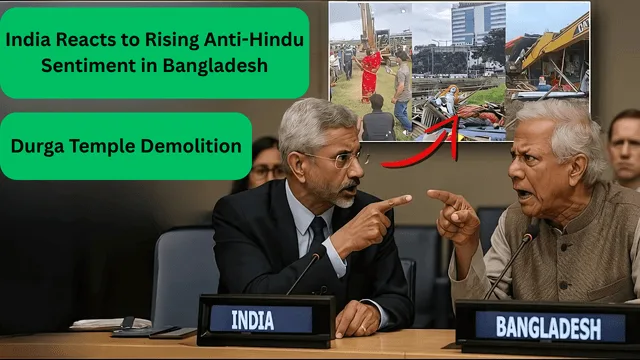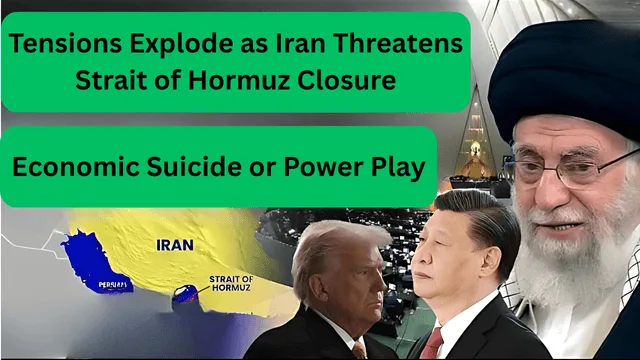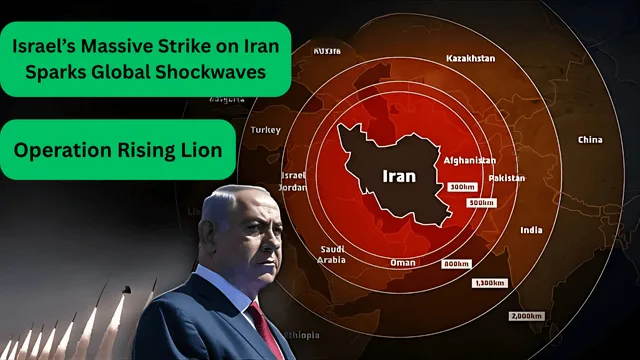A Brave and Strategic Decision
India has decided to divert the water of a considerable river under the Indus Water Treaty. Here you`ll see that, consistent with me, that could be a big, I may say brave choice with the resource of the usage of India, because the truth is Pakistan has given many threats that they will do something.
Feasibility Study on the Chenab River Diversion
The Origin and Path of the Chenab River
But appearance, India has launched a feasibility have a look at on how we can divert the water of the Chenab River. Now, if you have a look at the Chenab River on the map, this river originates in Himachal Pradesh. After that, it passes through Jammu and Kashmir and goes to Pakistan. This is an essential river for Pakistan.
Rationale Behind the Feasibility Study
And India has now launched a feasibility have a look at on why we don`t divert its water to our states. There is Punjab. Apart from that, there are Rajasthan, Haryana. Why can’t we deliver Chenab water there? Because the need is there, proper right here, too. Look, urbanisation is developing continuously right here. India’s population nonetheless seems like it will not stop. It seems that a top of around 160 crores will be reached. After that, the population will decline. So we can moreover need water.
Understanding the Term “Feasibility”
What Does ‘Feasibility’ Mean?
And for this, you ought to have seen that in articles, there can be a feasibility appearance at. What does it mean? The word viable approach, whether or not something is no longer viable. Suppose you tell me about some schemes that we can do this, and we can assemble this building. My first question is whether it is viable. Is it viable? Will we be able to do this?
Challenges in River Diversion
It is one of the hardest topics to do. Because there can be a river flow, and if you want to divert it, then you want to dig a modern-day path for that river, and you should see that there can be no flooding, or you can properly employ that water. You should see how many coins will be spent on digging a brand new path. Is it steady or not? Will it cause a natural disaster tomorrow?
States That May Benefit From the Diversion
Focus on Water-Scarce States
So that is why we have launched a feasibility have a look whether we ought to divert the water of Chenab, then how plenty it will cost. Which states will benefit? And proper right here, you may be capable of see that the number one reputation of the government is in those three states. In Punjab, Haryana, and Rajasthan, you will see that during all three states, water shortage is being felt. We need this water for India.
The Chenab-Ravi-Beas-Sutlej Link Canal Project
Overview of the Canal Plan
If you’re curious, this is a canal. A channel for water, to be precise. You might be able to see it here. We are looking at the Chenab Ravi Beas Sutlej Link Canal Project, which we are advancing rapidly.
Criticism of the Indus Water Treaty
Historical Context and Imbalance
Many officials in India have emphasised that the Indus Water Treaty was signed during Nehru’s time. This agreement divides water resources so that India gets only 20%, while Pakistan receives 80%, which seems quite unfair.
Comparison With Other Countries
To explain, the Indus Water Treaty is unique in Asia. Take, for example, the Mekong River in China, as it travels to countries in Southeast Asia. China has never agreed to any treaty that limits its rights as the country that is upstream, claiming it won’t place restrictions on the water that goes downstream. No country typically defines a certain percentage of water for others; it’s almost unheard of.
Revisiting Water Sharing Provisions
Unfair Water Allocation to Pakistan
The Indus Water Treaty is unique in that it has created an uneven water distribution between the nations affected. One might ask why Pakistan receives 80% of the water under this agreement, especially given its frequent water management issues. Despite the quantity of water they get, they have not implemented effective conservation practices.
India’s Potential Demand for Revision
Currently, the agreement allows India to use only 20% of the water for purposes that do not involve direct consumption. However, in upcoming talks, India may try to raise this amount to 40%. It’s crucial to mention that this is not the official government position; the formal policy will emerge in due course.
India’s Investment in Water Infrastructure
Future Plans and Budget Allocation
What we do know is that India intends to invest ₹ lakh crores in water infrastructure over the coming decade.
Water Scarcity in Indian States
Need for Urgent Solutions
In regions like Punjab Haryana Rajasthan Delhi Gujarat and Uttar Pradesh the water scarcity is extremely real and needs urgent attention.
Responsibility and Fairness in Water Management
Pakistan’s Mismanagement Not India’s Burden
Responsibility cannot fall on us if Pakistan struggles to manage its water resources effectively; we can’t continue providing them 80% of our water under an outdated treaty. Given our growing population’s demand for water, we’ll need to redirect some resources.
Call for Balanced Water Distribution
Proposing a New Compromise
I believe both nations should come together to discuss a fair water distribution plan that benefits everyone in the region. There’s an old saying: a successful compromise often leaves both sides somewhat dissatisfied. However, in this case, India shouldn’t feel dissatisfied, as we have significant leverage.
India’s Long-Term Water Planning
Infrastructure Across Key States
All rivers have passed through our country and through the planning of India from 2025 to 2035, through the construction of all these channels here in Gujarat, Bhuj, very good infographics are prepared to meet all these Indian states.
Pakistan’s Reaction to India’s Move
Concerns Raised by Pakistan
This is a discussion in Pakistan. India wants to kill us with thirst. Incidentally, Pakistan has already written four letters to India, explaining that the water on the Chenab River will decrease.
Impact on Agriculture in Pakistan
Your media says that Pakistan cannot properly cultivate rice as the water in the Chenab River is drastically reduced. Here we see that Pakistani officials from the Ministry of Water Resources have informed Pakistani media that the normal flow of water from the Chenab River is about 27,000 cusec.
Evidence of Reduced Water Flow
Recent Observations
What happened suddenly was that Indus Water became TDM Abe. For this reason, a few weeks ago, the water on the Chenab River flowed in a simplified way. Let’s say it’s displayed today at the end of May. In this case, this water has dropped below 5000 cusec, which will have a major impact on the cultivation of Pakistan.
Water as a Strategic Tool
Pakistan’s Claims
Otherwise, you must have seen a lot of such things being said about the Pakistan side, as you will not feed a rapidly growing population. You can see this here; this video is a few seconds long. Look at that. Chenab doesn’t have as much water as it originally had.
Seasonal Water Variation
The ice melts. The summer month of June has passed. The water in the channel at this point is between 16 and 17,000 cusecs and is not available at this time. Therefore, this means gradually using water as a weapon.
Pakistan’s Limitations and Internal Challenges
Inability to Respond Militarily
I’ll explain this as well. First, they were defeated in traditional wars. Now, in the Water War of Inschiller, they are defeated. Are there any backdoor jokes? I don’t know that. Rumours of this kind have come from PTI circles over and over again.
Lack of Water Conservation Efforts
Now, to please your people, you will make such a statement that you will attack India for water and so on, but in a way, you must think that Pakistan really should reduce the waste of water. The lack of water that can often be felt in Karachi is a major reason for this. Waste is amazing in Pakistan. This country operates in a way that action is only taken when there is a clear need. Water conservation efforts have not been a priority for the people here.
A Proposal for Treaty Revision
More Balanced Distribution Suggested
I think that if we revisit the Indus Water Treaty, Pakistan could end up with about 55-60% of the water, while India might receive around 45-50% or even 45-40%. Even then, that would still mean a substantial amount of water for Pakistan, especially since the Pakistani government has reported wasting between $5 to $10 billion worth of water annually.
Final Thoughts on the Water Conflict
The Bigger Picture
Meanwhile, they continue to seek aid worth billions from around the world. This suggests a need for better water management in the country. As for the ongoing issues over water, I don’t believe Pakistan has the means to engage in a conflict with India. If India decided to take drastic measures against Pakistan, it would experience significant hardship.
Read More: https://hindiakhbarr.com/russia-shocks-world-with-su-57-and-asylum-for-elonmusk/












Leave a Reply